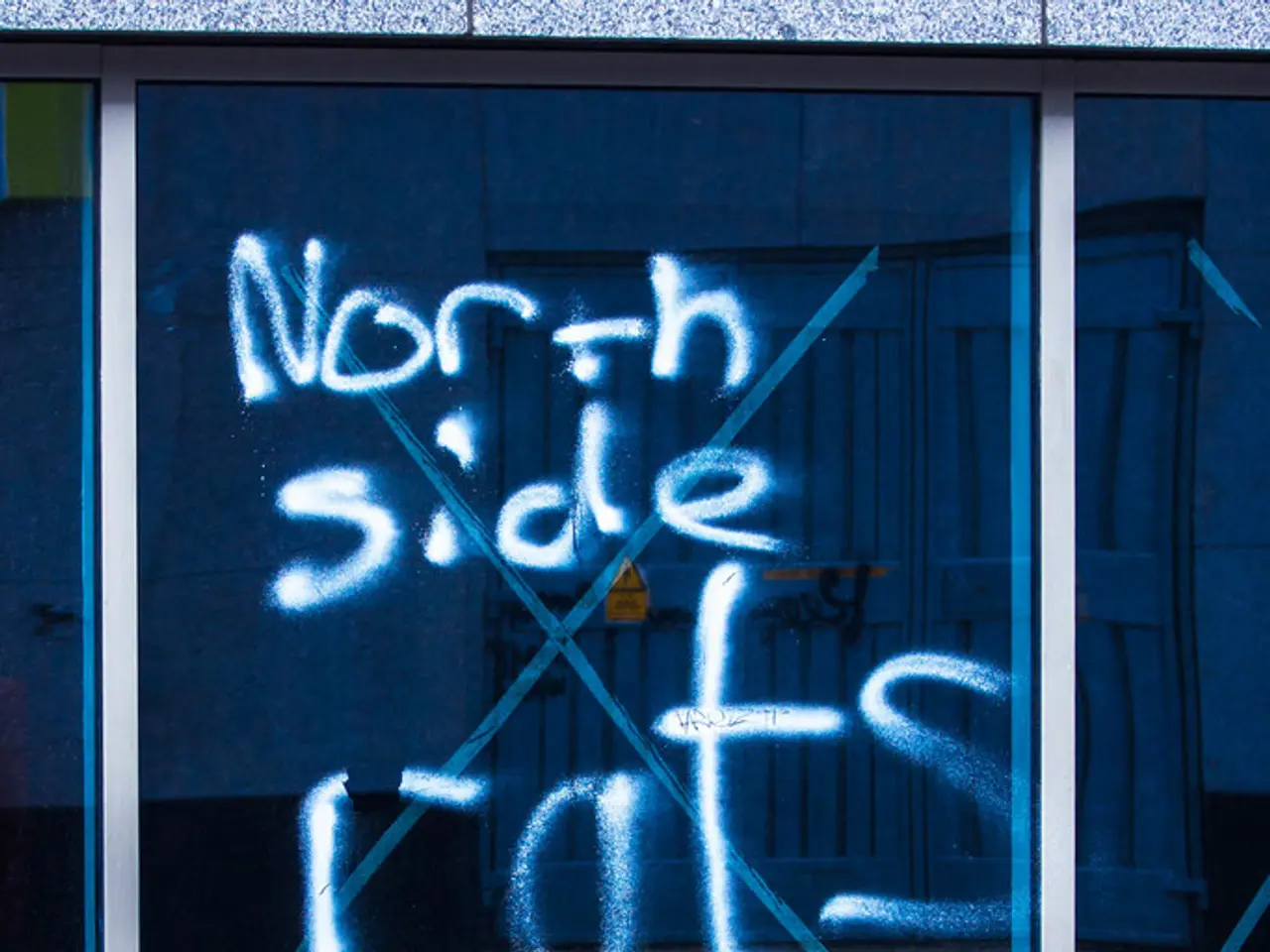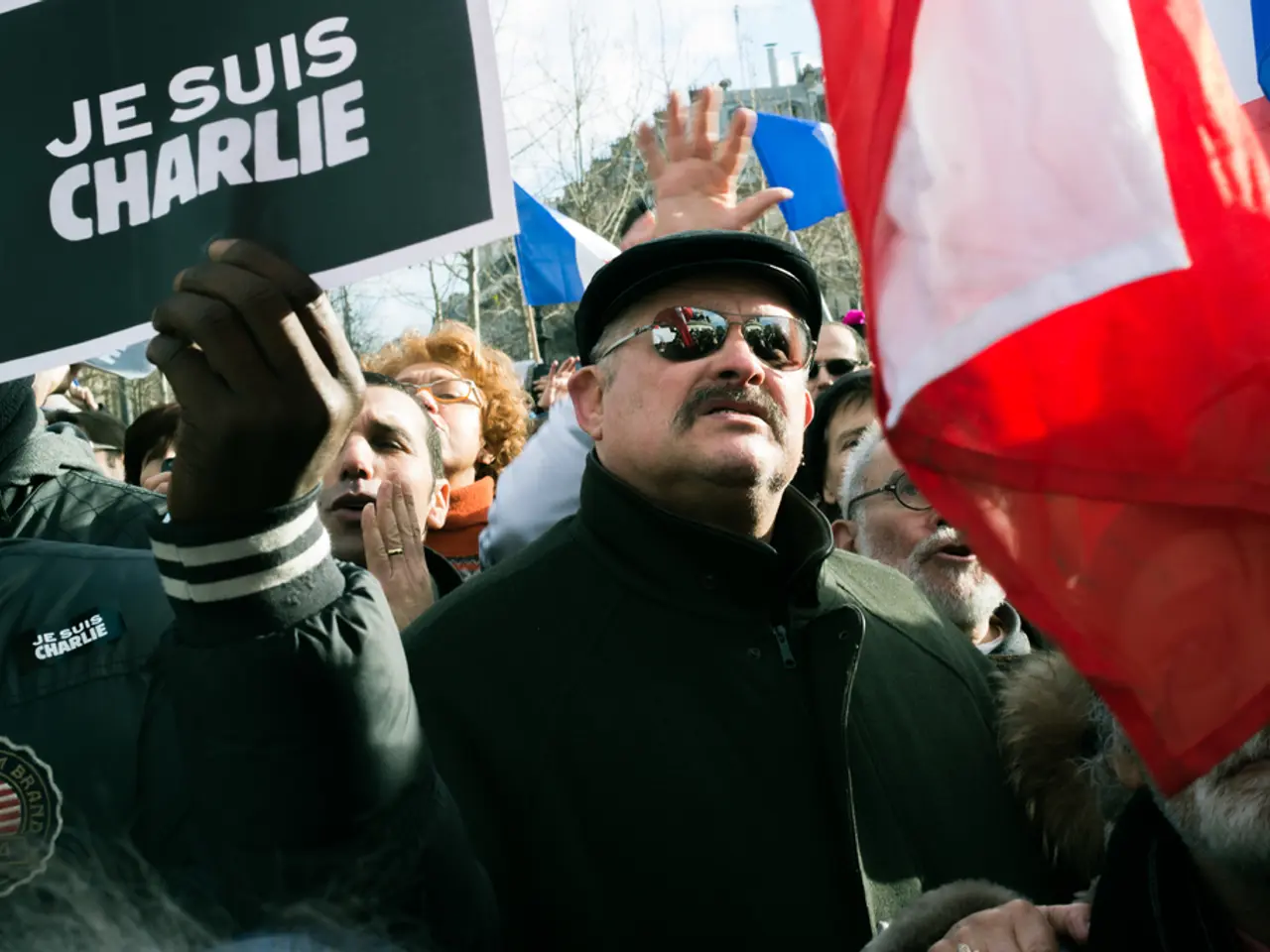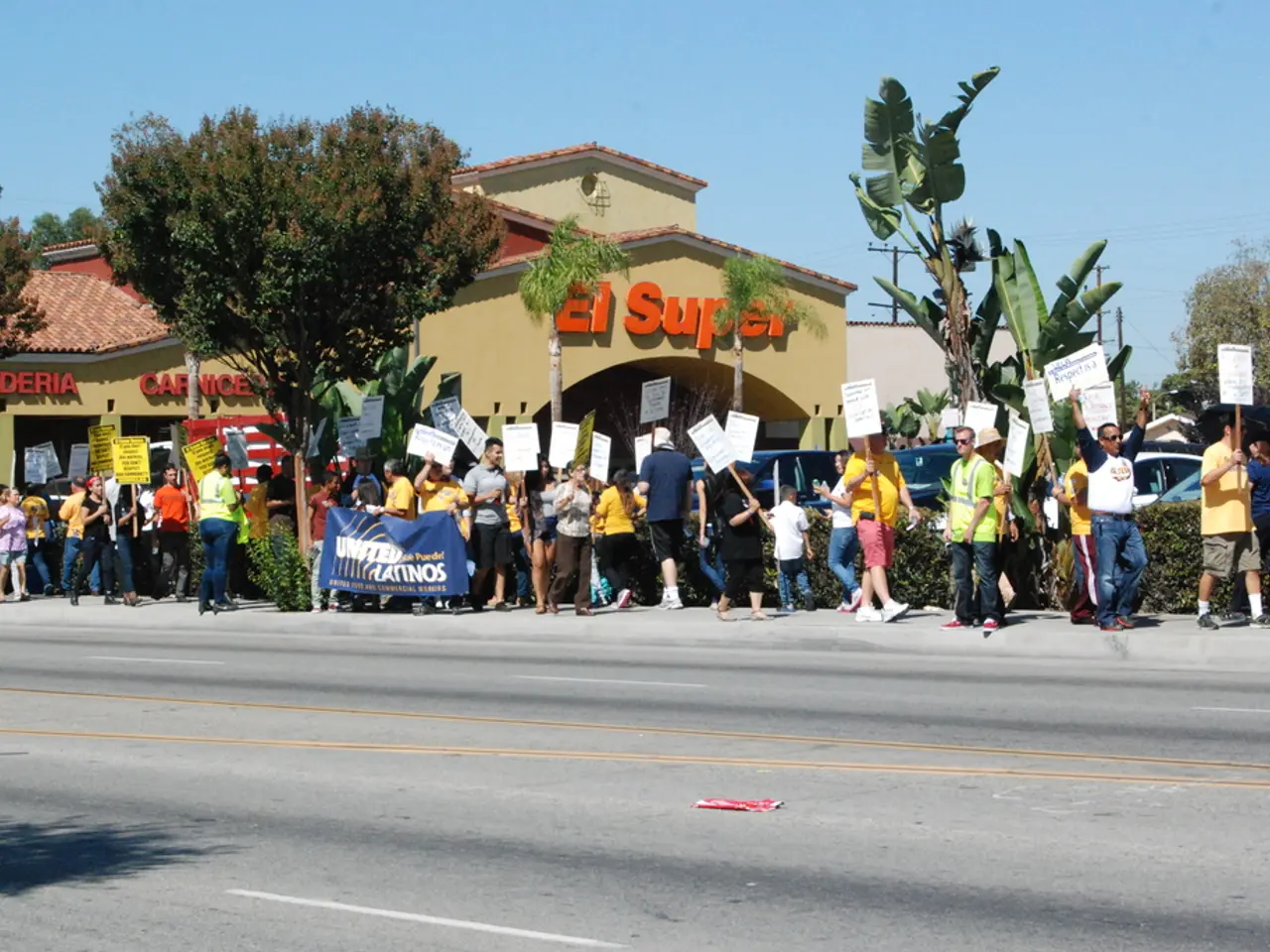Poland prolongs border controls until October 4th - Poland prolongs border control measures until 4th of October
Poland has decided to extend its temporary border controls with Germany until October 4, 2025, as ongoing concerns about irregular migration persist within the European Union (EU). The extension was announced by Interior Minister Marcin Kierwinski on Sunday.
The decision comes after a significant increase in pressure along Poland’s eastern frontier, as efforts to block migration routes through Belarus and Russia have been largely effective. According to Kierwiński, these measures have resulted in a diversion of illegal migration towards Western and Northern European borders within the Schengen Area.
The Polish Interior Minister stated that tightened security and barriers on Poland’s eastern border with Belarus and Russia have achieved a 98% level of tightness, leading to a shift in migrant flows. In response, Poland reintroduced border checks in July 2025, initially for 30 days, and has now chosen to extend them as a "last resort" security measure under Schengen rules.
Germany has also responded to migration pressures by reintroducing controls along its borders with Poland and the Czech Republic. The extended controls aim to better manage and curb the flow of irregular migrants entering Poland and subsequently crossing into other EU member states.
Since the controls were reinstated, Polish authorities have reported detaining and refusing entry to numerous individuals attempting illegal crossings at the German border. During this period, entry was refused to 105 people, and six migrants were sent back to Germany.
The ministry has submitted the relevant EU notification and informed the affected neighboring EU countries about the extension. In September, Poland will decide on the next steps based on data from border guards, military, and police.
The move was well-founded, according to Interior Minister Marcin Kierwinski. Poland started border controls on July 7, following Germany's border controls. European partners understood the Polish controls, according to Kierwinski.
The Polish border controls were implemented under pressure from right-wing citizens' militias. However, the citizens' militias accused Germany of pushing back refugees who had not previously been in Poland. In contrast, Alexander Dobrindt, Federal Interior Minister of Germany, had previously welcomed the Polish controls as an "important step in joint efforts against illegal migration".
Poland admitted 72 people rejected by Germany, with two cases refused. Between July 7 and July 30, 243,683 people and 110,212 vehicles were checked at the borders with Germany in Poland. The 98 percent density of Polish borders achieved through the introduction of border controls in July led illegal migrants and Belarusian and Russian intelligence services to shift to other borders.
[1] The Guardian. (2025, August 1). Poland extends border controls with Germany until October. [online] Available at: https://www.theguardian.com/world/2025/aug/01/poland-extends-border-controls-with-germany-until-october
[2] Reuters. (2025, August 1). Poland extends border controls with Germany until October. [online] Available at: https://www.reuters.com/world/europe/poland-extends-border-controls-germany-october-2025-08-01/
[3] BBC News. (2025, August 1). Poland extends border controls with Germany until October. [online] Available at: https://www.bbc.co.uk/news/world-europe-57993301
[4] Deutsche Welle. (2025, August 1). Poland extends border controls with Germany until October. [online] Available at: https://www.dw.com/en/poland-extends-border-controls-with-germany-until-october/a-56421679
[5] The New York Times. (2025, August 1). Poland extends border controls with Germany until October. [online] Available at: https://www.nytimes.com/2025/08/01/world/europe/poland-germany-border-controls.html
The Polish government has extended its temporary border controls with Germany until October 4, 2025, citing ongoing concerns about irregular migration within the European Union. This decision follows a significant increase in migrant flows along Poland's eastern frontier, suggesting a diversion of migration routes due to measures taken to block migration routes through Belarus and Russia.
Tightened security and barriers on Poland’s eastern border, initiated as part of the border control extension, have led to a 98% level of tightness, resulting in a shift in migrant flows towards Western and Northern European borders within the Schengen Area. The extended border controls aim to better manage and curb the flow of irregular migrants entering Poland and subsequently crossing into other EU member states.







